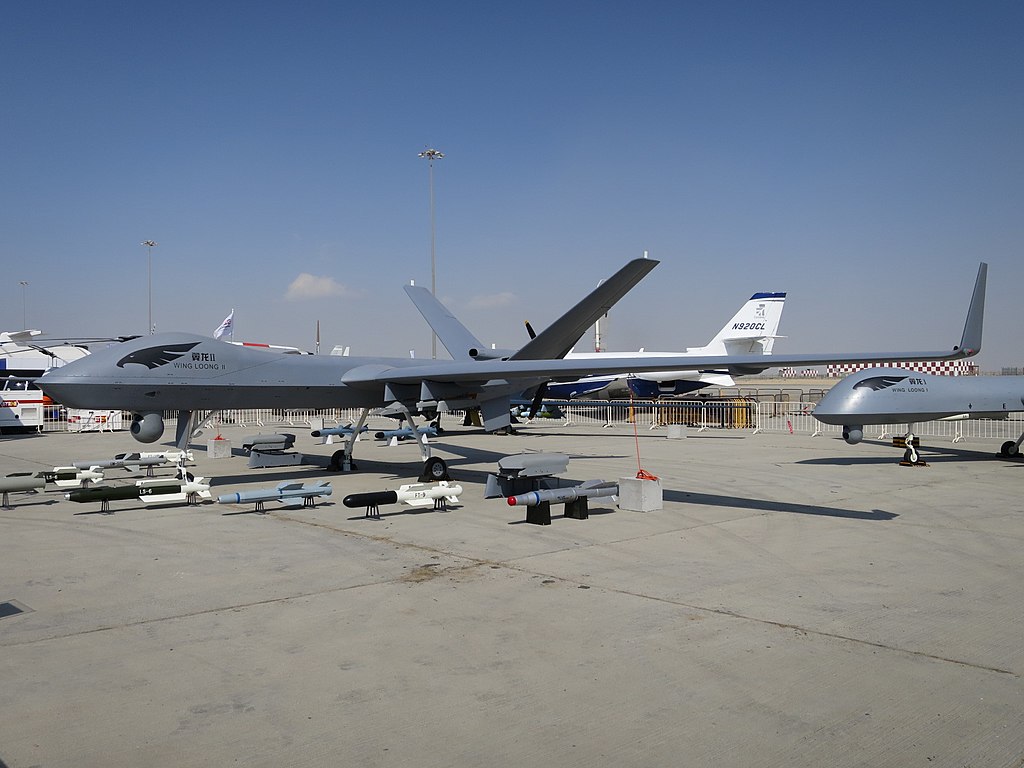
Pinaka MBRL at rehearsal of Republic Day Parade 2011.
“There are cases when our country paid hundreds of millions of dollars, but the obligation to supply Armenia with weapons was not fulfilled, including by allied countries.”
The Armenian government has become increasingly critical over what it sees as a lack of Russian support in the wake of several incidents with Azerbaijan, particularly Armenia’s clashes on 12-14 September 2022 that resulted in dozens of service members killed on both sides. While Armenian officials have previously mentioned looking for alternative partners beyond Russia to provide security cooperation and other support, the accompanying excerpted articles offer a look at one way the Armenian government is dealing with a lack of support from Moscow. The excerpted article from Armenian independent news website Hetq reports on comments from Armenian Prime Minister Nikol Pashinyan following an incident with Azerbaijan on 28 September. Pashinyan noted ongoing reforms of the Armenian Armed Forces and he blamed Azerbaijan for trying to prevent these from taking place. He went on to mention that Armenia “paid hundreds of millions of dollars” for new weapon systems from “allied countries,” but that these have not yet been delivered. While Pashinyan does not mention Russia as one of the allied countries that failed to deliver weapons, it remains one of Armenia’s most significant providers of weapon systems and equipment.[i] In the absence of assumed Russian deliveries, the second excerpted article, from India’s independent English-language news website The Print, reports that Armenia signed a contract with India in September to acquire the Pinaka multiple rocket-launcher system (MLRS) and that its order “would be fast tracked.” The article notes that the agreement includes an unknown number of Pinaka systems, ammunition, and anti-tank rockets. It also mentions that Armenia previously purchased four Swathi radar systems from India in 2020. As Armenia continues to carry out military reforms and prepare for potential clashes with Azerbaijan, the purchase of the Pinaka MLRS from India is an indication of what weapon systems Armenia believes it needs in the near term and demonstrates its willingness to look beyond Russia for supplies.
Sources:
Lusine Akopyan, “Обязательства по поставкам оружия Армении не выполняют и союзнические страны – Н. Пашинян (Allied countries are not fulfilling their obligations of supplying weapons to Armenia – N. Pashinyan),” Hetq (independent news website in Armenia), 29 September 2022.
https://hetq.am/ru/article/148783
At a government meeting on September 29, Prime Minister Nikol Pashinyan said that yesterday the Azerbaijani armed forces carried out another provocation on the southeastern section of the border between Armenia and Azerbaijan, striking at Armenian units performing engineering work.
Engineering work was carried out on the territory of the Republic of Armenia, and the Azerbaijani units that opened fire were also on the territory of the Republic of Armenia…
“I also want to draw attention to the following circumstance. We have begun a large-scale process of reforming our armed forces, and Azerbaijan is trying to prevent Armenia from carrying out reforms in the Armed Forces with such provocations…,” Pashinyan said, adding that there are cases when our country paid hundreds of millions of dollars, but the obligation to supply Armenia with weapons was not fulfilled, including by allied countries…
Snehesh Alex Philip, “As tensions rise with Azerbaijan, Armenia buys Pinaka rockets & ammunition from India,” The Print (an independent English-language news website from India), 29 September 2022.
https://theprint.in/defence/as-tensions-rise-with-azerbaijan-armenia-buys-pinaka-rockets-ammunition-from-india/1147833/
Armenia has signed a contract with India for procuring the indigenous Pinaka multi-barrel rocket launchers, unspecified missiles and ammunition, amid its growing tensions with Azerbaijan…
Sources in the defence and security establishment confirmed that the government-to-government contract, valued at about Rs 2,000 crore, was signed earlier this month and that the supplies would be fast tracked as per the requirement.
While the exact quantity is not known, the order includes the indigenous Pinaka system, ammunition and anti-tank rockets…
The ex-Soviet republic had bought four indigenous Swathi weapons locating radar in 2020 from India which was delivered in the backdrop of its conflict with Azerbaijan…
Notes:
[i] See: Matthew Stein, “Armenia Acquires Russian Helicopters as Part of Armed Forces Modernization,” OE Watch, Issue #3, 2022.
Image Information:
Image: Pinaka MBRL at rehearsal of Republic Day Parade 2011
Source: https://commons.wikimedia.org/wiki/File:Pinaka_MBRL_at_rehearsal_of_Republic_Day_Parade_2011.jpg
Attribution: Government Open Data License – India



